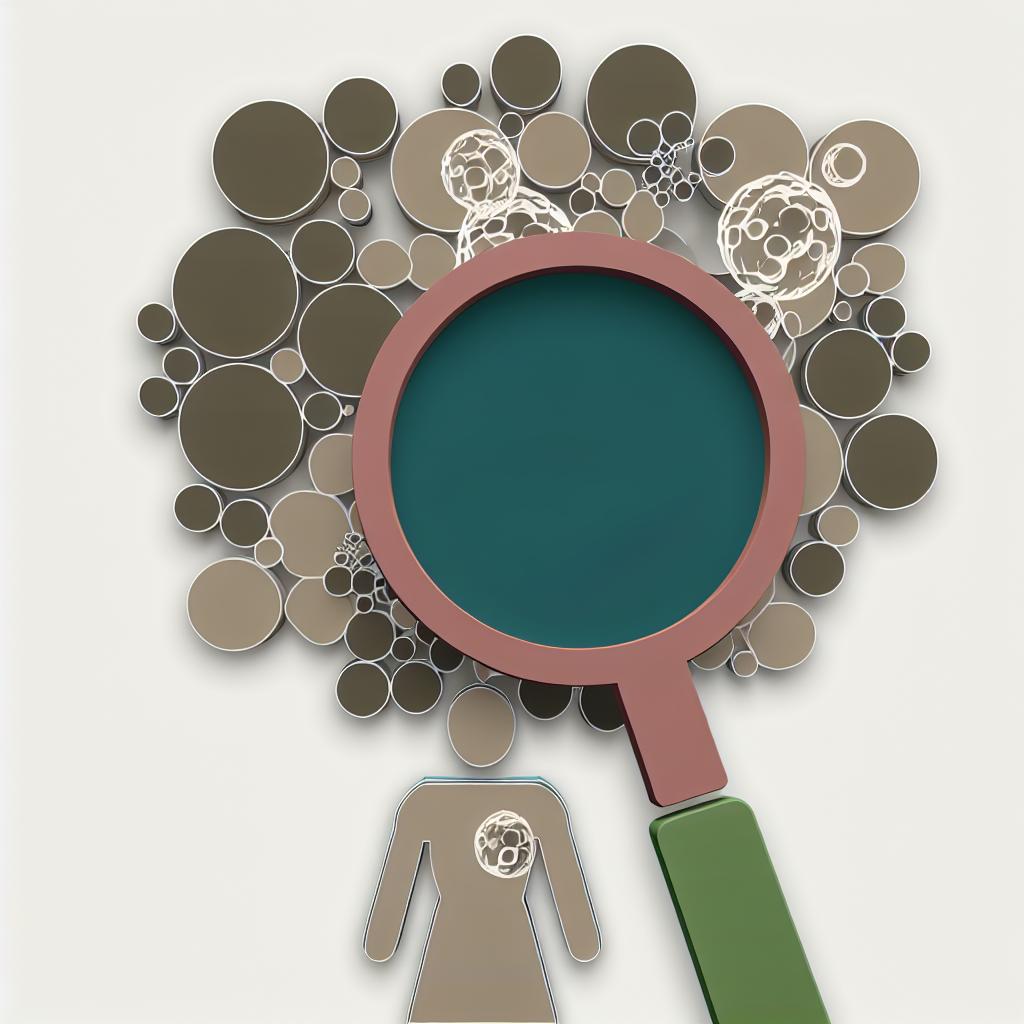What is Chemotherapy?
Chemotherapy is a cornerstone of modern cancer treatment, employing a range of drugs and chemicals specifically designed to target and destroy cancer cells. This is achieved by focusing on rapidly dividing cells, a common trait of cancerous cells. However, it is important to understand that chemotherapy doesn’t exclusively affect cancer cells; it also impacts healthy cells that share similar characteristics, like those found in the bone marrow, digestive tract, and hair follicles, leading to various side effects. More comprehensive resources about chemotherapy treatment options can be accessed through the extensive databases and information provided by institutions like The National Cancer Institute.
How Does Chemotherapy Work?
The underlying mechanism of chemotherapy revolves around the targeting of rapidly dividing cells. Cancer cells are known for their ability to divide and grow uncontrollably, which is why chemotherapy can be effective in treating them. However, the challenge lies in the fact that some healthy cells in the body, such as those found in hair follicles, the digestive system, and the bone marrow, also divide quickly and are thus vulnerable to the effects of chemotherapy. The overarching aims of chemotherapy can vary significantly. In some cases, the goal may be to shrink the size of tumors to make them more manageable surgically. In other situations, chemotherapy might be used to completely eliminate cancer cells from the body.
Types of Chemotherapy
Chemotherapy is not a one-size-fits-all treatment; it comprises a variety of drugs and methodologies tailored to the specific needs of the patient. The choice of chemotherapy largely depends on the type and stage of cancer, as well as the overall health of the patient. For example, adjuvant chemotherapy is often employed after surgical procedures to eradicate any remaining cancer cells, thereby reducing the risk of recurrence. On the other hand, neoadjuvant chemotherapy is administered prior to surgery with the objective of shrinking tumors, making them easier to remove. The versatility of chemotherapy drugs and the various methods of administration allow healthcare providers to personalize treatment plans, thereby optimizing the outcomes for patients.
Common Side Effects
The dual-impact nature of chemotherapy, affecting both cancerous and healthy cells, means that patients may experience a broad spectrum of side effects. Understanding these potential effects is crucial for patients undergoing treatment:
Nausea and Vomiting: These are among the most common side effects of chemotherapy. Anti-nausea medications are often prescribed to help patients manage these symptoms effectively, allowing them to maintain better overall well-being during treatment.
Fatigue: A frequent complaint among chemotherapy patients is overwhelming tiredness. This fatigue can be persistent, necessitating rest and potential adjustments to daily activities to ensure patients can cope with the demands of treatment.
Hair Loss: The rapid division of hair follicle cells makes them particularly susceptible to the effects of chemotherapy, often leading to hair loss. This can be a distressing side effect, although hair typically grows back after treatment concludes.
Anemia: Chemotherapy can lead to lowered red blood cell counts, resulting in anemia. This condition can exacerbate feelings of fatigue and may lead to additional health complications if not managed properly.
Managing Side Effects
Effectively managing the side effects of chemotherapy is vital for improving the quality of life for patients undergoing this treatment. Management strategies often require a multidisciplinary approach, involving a team of healthcare professionals, dietary adjustments, and, in certain cases, psychological support. Coordination with oncology teams ensures a holistic approach is taken when addressing side effects. The American Cancer Society provides extensive guidance, supporting patients and caregivers with information tailored to managing the complex set of side effects associated with chemotherapy.
Conclusion: Chemotherapy remains a critical component of cancer treatment regimens, offering the potential to significantly impact the progress and outcome of the disease. However, for patients and caregivers, a robust understanding of potential side effects and strategies for managing them is crucial. Consulting healthcare providers and specialists before the initiation of chemotherapy treatment is paramount in making informed decisions, ensuring the patient is well-prepared for managing side effects. Such preparations serve not only to address the physiological impact of chemotherapy but also to provide a balanced perspective, empowering patients and fostering a more positive treatment experience.
This article was last updated on: July 8, 2025

